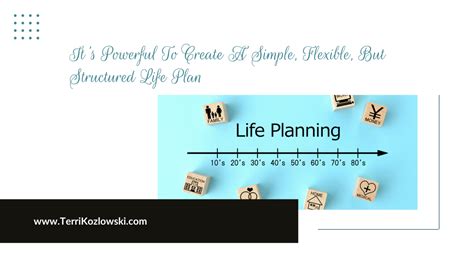The Inevitable Reality of Setbacks
Life is a journey punctuated by both progress and momentary stumbles. Whether it’s a missed workout streak, an unexpected financial emergency, or a failed investment, setbacks are an inevitable part of pursuing ambitious fitness and financial goals. The real test isn’t whether you fall, but how you pick yourself up and, more importantly, how you build an unshakeable discipline that can withstand future challenges. This article will guide you through cultivating the resilience and strategic mindset needed to transform setbacks into stepping stones for lasting success.

1. Acknowledge, Process, and Reframe Your Setback
The first step toward rebuilding discipline is to acknowledge the setback without judgment. Instead of dwelling on guilt or shame, view it as a data point—a piece of information that reveals what might not have worked. Process the emotions that arise, but don’t let them paralyze you. Reframe the setback not as a failure of your character, but as an opportunity for learning and growth. What went wrong? What external factors contributed? What internal responses amplified the issue? This objective analysis forms the foundation for future adjustments.
2. Reconnect with Your Core ‘Why’
After a setback, motivation can wane. This is the critical moment to revisit the fundamental reasons behind your fitness and financial goals. Why do you want to be fit? Is it for health, energy, longevity, or self-confidence? Why do you pursue financial stability? Is it for freedom, security, a comfortable retirement, or to support loved ones? Tapping into this deep, emotional ‘why’ reignites your intrinsic motivation and provides a powerful anchor when external discipline falters.
3. Start Small, Build Momentum
One of the biggest mistakes after a setback is attempting to jump back into the same intense routine that might have contributed to the original burnout or failure. Instead, embrace the power of micro-habits. For fitness, this might mean a 10-minute walk daily, or just showing up to the gym for 15 minutes. For finances, it could be tracking every expense for a week, or saving just $5 from each paycheck. Small, consistent wins build confidence and momentum, making it easier to gradually scale up your efforts without overwhelming yourself.

Each successful completion reinforces your self-belief and strengthens the neural pathways for discipline. The goal is to make the action so easy that it’s harder to skip than to do.
4. Implement a Structured & Flexible Plan
While discipline requires structure, it also demands flexibility. Develop a clear, actionable plan for both your fitness and financial goals. This includes specific, measurable, achievable, relevant, and time-bound (SMART) goals. For fitness, this might be a weekly workout schedule with specific exercises. For finances, it could be a detailed budget, investment plan, or debt repayment schedule.

However, build in contingencies. What if you miss a workout? What if an unexpected bill arises? Having a plan B (e.g., a shorter home workout, adjusting your budget for a month) prevents a small deviation from derailing your entire effort. This ‘anti-fragile’ planning makes your discipline more resilient.
5. Cultivate Self-Compassion and Resilience
Discipline is not about being a robot; it’s about persistent effort in the face of imperfection. Treat yourself with the same kindness and understanding you would offer a friend. When you inevitably stumble again (because you will), practice self-compassion rather than self-criticism. Acknowledge the slip, learn from it, and gently redirect yourself back to your path. Resilience isn’t about never falling; it’s about how quickly and effectively you bounce back. Regularly reflecting on your progress, no matter how small, also reinforces positive behavior.

6. Leverage Accountability and Environment
You don’t have to build discipline alone. Find an accountability partner, join a fitness group, or work with a financial advisor. Sharing your goals and progress with others creates a powerful external motivator. Additionally, optimize your environment. Make healthy food easily accessible and unhealthy options harder to reach. Automate savings and investments so you don’t have to rely on willpower alone. Set up your workout clothes the night before. These small environmental tweaks reduce friction and make adherence easier.

Conclusion: Discipline as a Muscle
Building unshakeable discipline after setbacks is much like building a muscle. It requires consistent effort, intelligent training, and patience. Each time you push past a challenge, learn from a mistake, and gently guide yourself back on track, you strengthen that muscle. Embrace the journey, understand that perfection is a myth, and celebrate every small victory. By reframing setbacks, reconnecting with your ‘why,’ starting small, planning strategically, practicing self-compassion, and leveraging support, you can cultivate a robust discipline that serves your fitness and financial goals for a lifetime.




